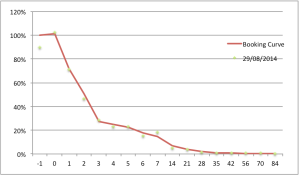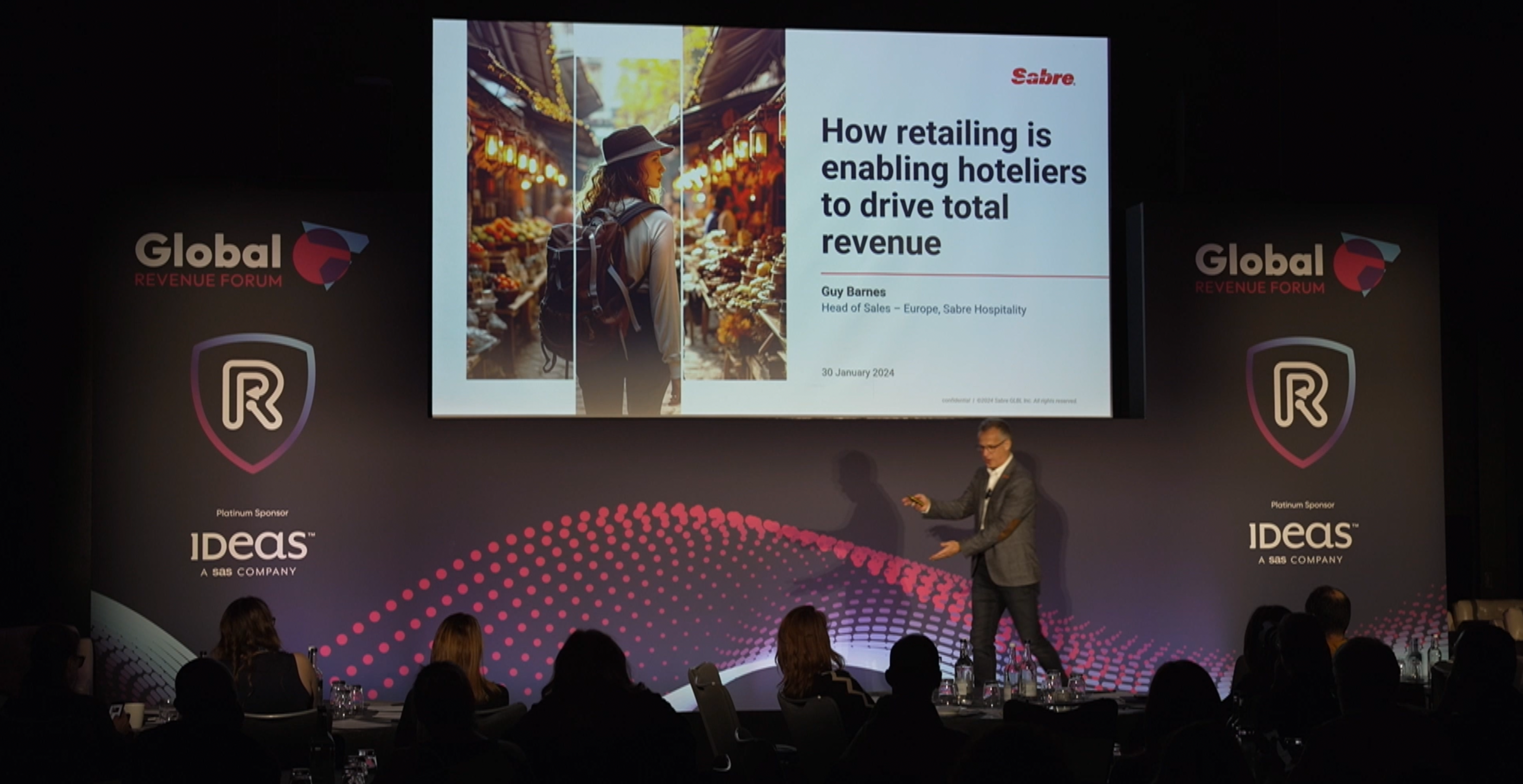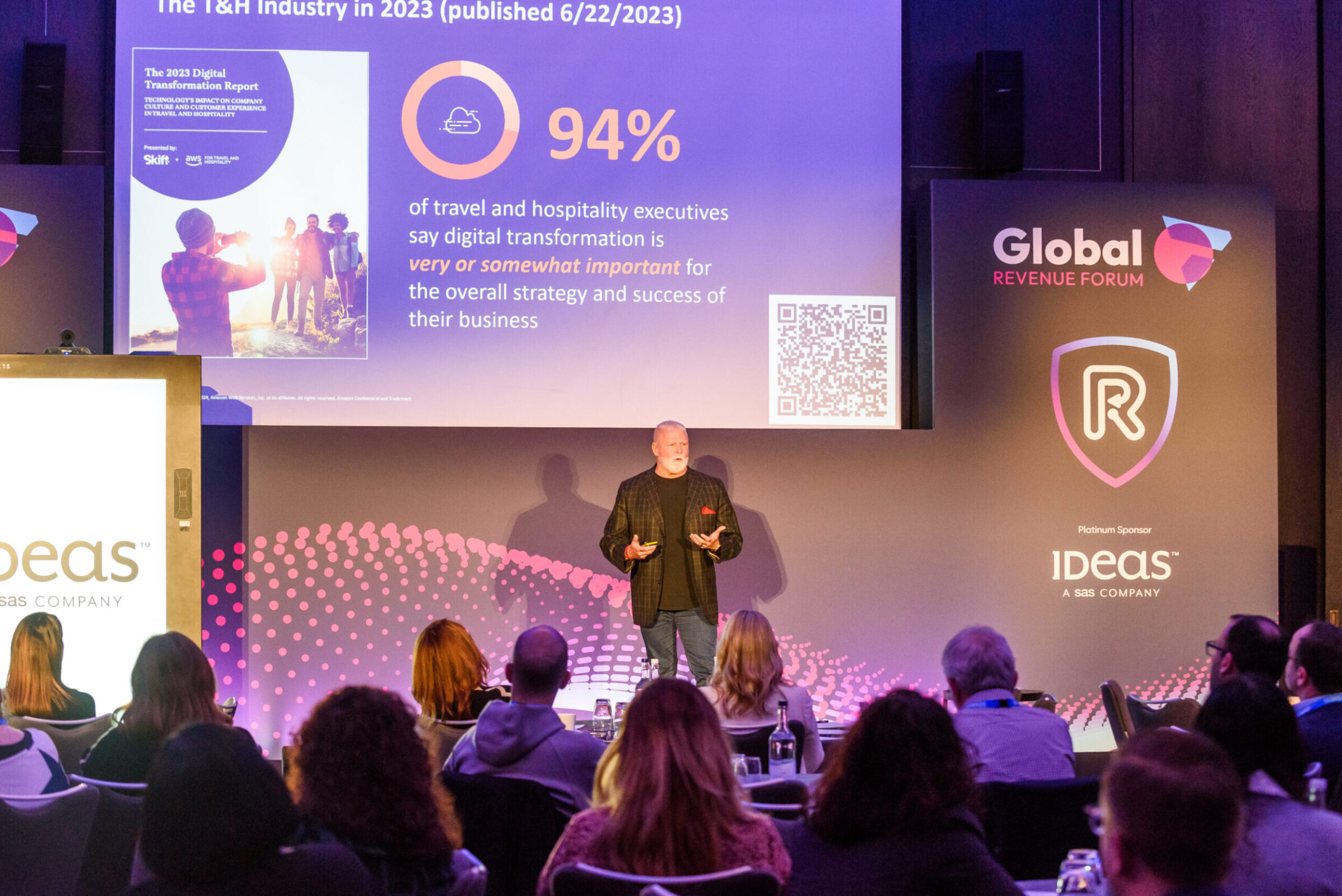Demand forecasting is one of the cornerstones of revenue management business practice. The ability to manage anticipated demand gives visibility on the potential future performance of an operation, demonstrates times of possible under or over-performance and can be used by the sales and marketing teams to strategically focus on those periods of greatest need.
Creating a demand forecast relies on using some form of decision making tool to predict the likelihood of certain economic outcomes. There are a number of mathematical tools used to do this, based on probability analysis, heuristics, regression analysis and a whole host of mathematical operations. Automated revenue management systems do just this by creating algorithms, or a precisely defined set of instructions, which focus on delivering a finite result – which then becomes the forecast.
Great if you have a revenue management system, but what if you don’t? What can you reasonably expect to achieve in the way of demand forecasting within a manual (read Excel) environment. In reality there’s lots that can be achieved and the first building blocks to put in place are some numbers to use to build up patterns of demand:
Past History – a clear daily overview of the final position of the property by day, and ideally a tracking of reservations leading into day of arrival. Monitor this by pulling off availability charts of the property for dates in the future, which will give a picture of the booking trends into the hotel up to the day of arrival.
Pick up ad booking pace – the rate at which reservations accumulate for specific dates needs to be monitored and recorded daily so that you can start to see how each day behaves
Unconstrained demand – this is the demand that you would fulfill if you were not restricted by the number of rooms in the property.
The most basic form of forecasting uses pick up trends into the property by comparing business today, and looking at what happened at the same point in time last year. This can be further broken down by market segment; typically looking at sub segments of the transient business, such as individual business and leisure, and groups business.
When working with groups business and establishing total demand for the property, its important to measure the expected demand, confirmed business, any tentative business, and also group wash, this being the business that doesn’t materialize from a group contract.
Building up forecasting tools then extends to using booking curves to analyse pick up – a booking curve shows the build up of reservations (the booking curve) leading into a day of arrival. This can be useful in analysing patterns, times of high and low pick up and times at which constraints can be applied to the pace of bookings to slow it down and thereby maximize profit opportunity.
Other predictive tools used to anticipate demand include different forms of trend analysis, the most common of which is linear regression which in its simple form effectively predicts one variable based on the value of another and predicts the best fit of a straight line between the set of data points .
In addition to linear regression, Excel offers a number of tools to support prediction of values, such as the TREND and FORECAST functions. We can also use probability of selling at certain rate levels to understand which rates to accept and which to deny to achieve maximum profitability of the predicted demand.
To review how these tools work in more detail and get a practical understanding of some of the methods used to forecast in a manual and automated environment, why not attend our one day workshop where you can pick up practical tips on forecasting and decision tools to use in every day forecasting? To enquire about places please complete the form below
[contact-form][contact-field label=’Name’ type=’name’ required=’1’/][contact-field label=’Email’ type=’email’ required=’1’/][contact-field label=’Please send me more info on the forecasting workshop’ type=’textarea’ required=’1’/][/contact-form]








